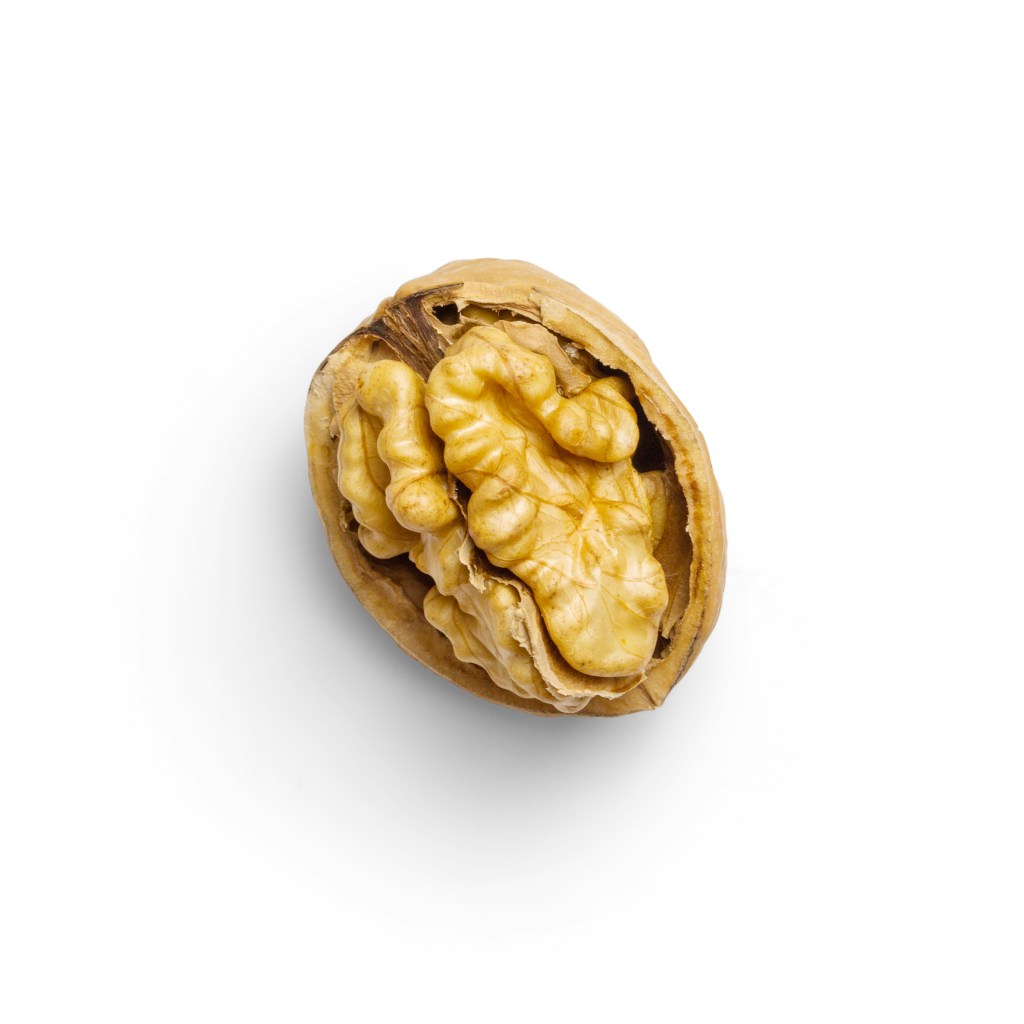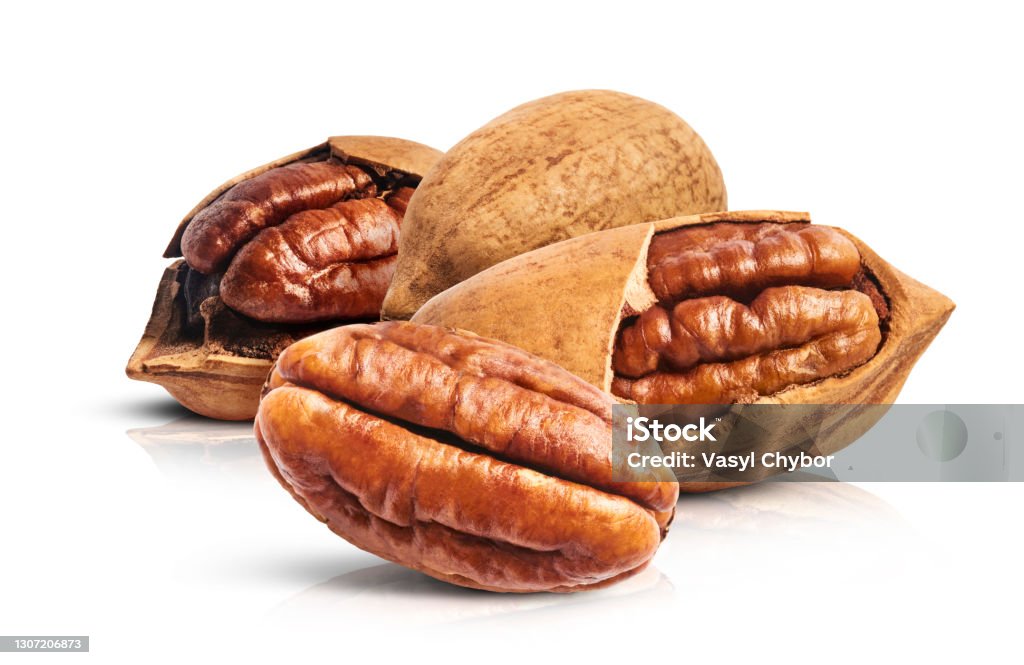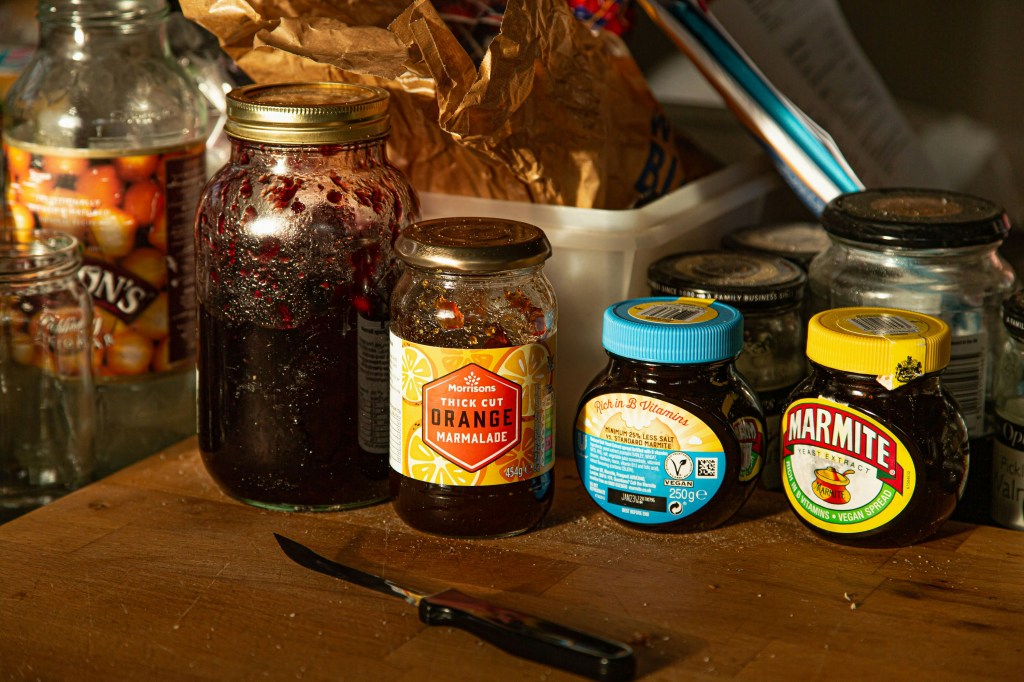Nutrition and food science comparison

Image credit: Unsplash by Mockup Graphics

Image credit: istock by Vasyl Chybor
Pecans and walnuts remind me of christmas and holidays, both are roasted under the fire, or even in the oven. Which technique do you prefer? I rather have it raw, but I don’t mind it roasted. The change in texture and taste gives a unique flavor.
Today, I’ll compare both nuts in regard to nutrition and food science. These nuts offer intriguing properties that go beyond their taste and texture  .
.



